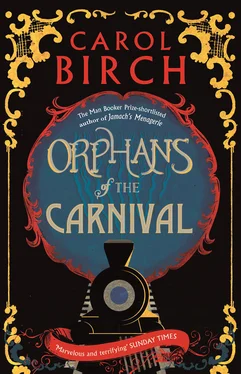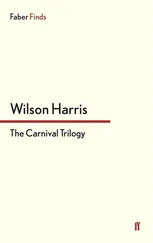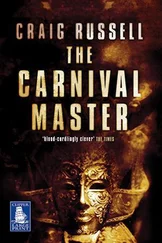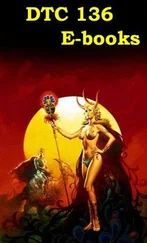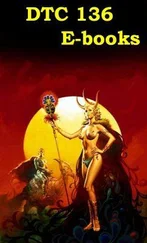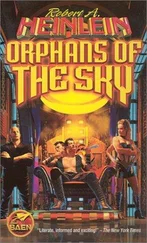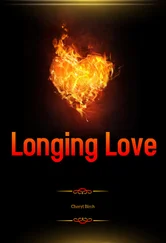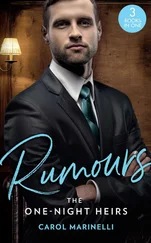Thousands, he thought.
By the stream he sat down on an old stump and took a bottle of water from the side pocket of his backpack. Duckweed quivered on the water. He looked up at the sky, tipped back his head and drank, then rolled a cigarette one-handed, sliding down to the ground to lean his back against the stump and contemplate the great display. So many hanging heads. A chubby baby in a blue romper suit, heavily inhabited with insect life, looked down at him. Who broke your neck? So hard not to humanise. It was an impulse, the brain just did it. They’ve got it wrong, those people who think this is a horror show, he thought. It has power, but it’s not that kind. It’s just dolls being creepy, because that’s what they do. Each once loved, now hanging broken. They belong here. They have company. The experience was strangely tranquil, like the feeling in an ancient graveyard when you’ve worked your way down to the forgotten overgrown heel of it and all the names have long disappeared from the tipsy old stones. The perfect place for old Tattoo. I said I’d do this. Adam lit up and sucked in hard. Rose is gone, and I’m here. She isn’t coming back. He stood up. Even if she touched him on the shoulder now, a touch so light it was scarcely there. Even if you believed in ghosts, she’d never be anything more than that, a shadow, a scent, even a fleeting glimpse perhaps. But she wasn’t coming back here, not to this life. Some other maybe, out there on another island, a planet not yet formed. Adam opened his backpack and drew from it the truncated mess that had lived for years on Rose’s windowsill. ‘Here we are, Tattoo,’ he said. He could hear the distant voices of the Spanish couple talking to the guide. Adam had been drinking on the trajinera, and the beauty and strangeness of the place increased a sense that had been creeping closer and closer since Rose died, more than two years ago now. It had made him humble in the face of the great singularity of her disappearance, yet playful also, and more willing to indulge the meanderings of his own thoughts or mind or whatever it was that yammered on. Yes she was a mess, but she’d known what it was to love the clay and there’d been some wisdom of a kind there, he thought, looking round at the eerie and companionable horde. Anyway everyone was a mess.
She’d love this, he thought. She’d get it completely, this letting go, this final ritual, as sacred in its own way as a full requiem mass or Viking ship burial. There was a bush near the stream, home to a doll in a long blue dress. She was big, maybe a foot and a half tall if she’d been standing upright, and she was wedged in a cleft between two branches, with her legs stretched out in front and her arms wide open. She was a bit of a hippy, with beads and a floppy hat, and shaggy red hair hanging in a wild tangle to her shoulders. Above her, thin spear-like leaves reached high.
Adam placed Tattoo against the doll’s chest and folded her arms in to keep him in place. A bell rang at the landing stage. ‘There you are,’ he said. ‘You’ll be fine here.’
He stood for a while, just looking, took a picture, and felt it would be something brilliant and beautiful, the little doll in the mother doll’s arms, and everything, every last soul whose name had rubbed away, everything unsung, unkept, unrecorded, all running together with them into the grandeur of their ineffable disappearance. He stood a while longer, head slightly bowed as if he was in a cathedral. The bell rang again.
‘Catch you later, Tattoo,’ said Adam.
It was two hours back to the city, the boatman plying his long wooden pole, the boat with its carnival colours and painted arches sliding smoothly over glassy water. The low wetlands were beautiful. Wading birds stalked among water lilies in the shallows, and the trees’ reflections rippled. When they found themselves passing other boats, he came out of his dream. Small craft selling cold drinks and burritos drew alongside and soon they were surrounded. After such strange peace, how fine and gaudy — the flower boats, the strident guitars of mariachi bands, the growing throngs of late afternoon.
Julia lived between 1834 and 1860. The parts of this book that deal with her life are fictional, but the basic facts are true. She travelled, performed, married, bore a child, died and after death was exhibited along with her child.
Theo Lent (not to be confused with Lewis B. Lent) died insane in St Petersburg.
Marie Bartel survived her husband and remarried.
The mummies were found in a warehouse in Norway in 1976. The fate of the child’s remains is unknown. Julia’s body was kept for many years at the Department of Anatomy, Oslo University. After a campaign by transdisciplinary artist Laura Anderson Barbata and Mario Lopez, governor of Sinaloa state, it was repatriated to Mexico, and in February 2013, after a Roman Catholic funeral attended by hundreds, was finally laid to rest in the cemetery of Sinaloa de Leyva.
Thanks to Melissa Danaczko, Octavia Reeve, Jo Dingley, and especially Francis Bickmore, whose sensitive, insightful and relentless editing was invaluable.
